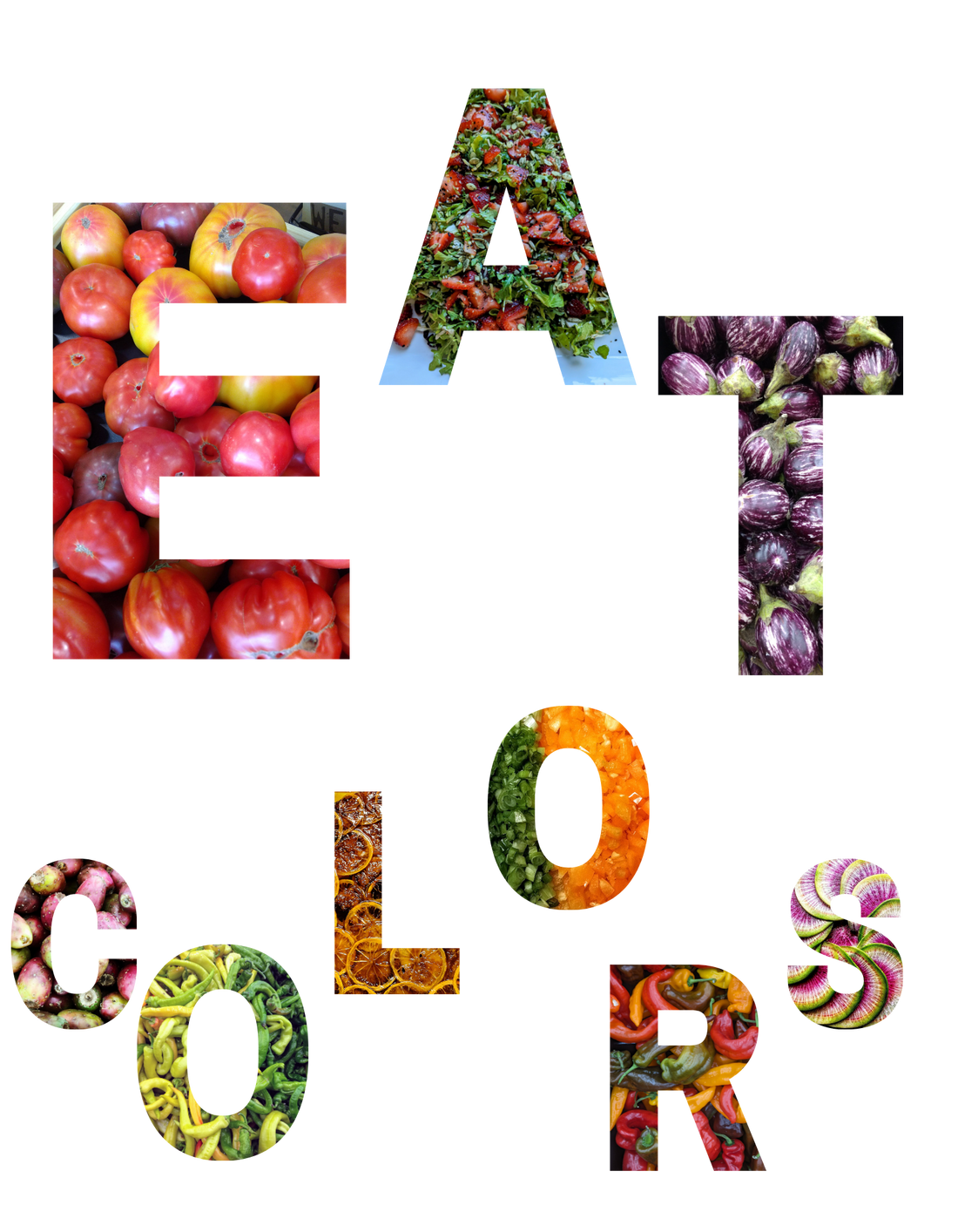SAUCE 101
White stock: A light-colored stock made from bones that have not been browned and aromatic vegetables (typically carrot, celery, and onion) simmered in water.
Brown stock: An amber-colored stock made from bones that have been browned (caramelized) and browned aromatic vegetables (typically carrot, celery, and onion) simmered in water.
Reduce: To boil or simmer a liquid until the volume is reduced by evaporation, thickening the liquid’s consistency and intensifying its flavor. The resulting liquid is referred to as a reduction.

Glace: Stock that has been reduced, usually by about 90%, to the consistency of syrup when hot and the texture of hard rubber when cold. The term also refers to a reduced stock used as a coating for roasting meat, a flavoring for soups and sauces, or a base for a sauce.
Mirepoix: A combination of chopped aromatic vegetables (usually two parts onion, one part carrot, and one part celery) used to flavor stocks, soups, and braises.
Roux: A cooked mixture of equal parts flour and fat (usually butter) used to thicken liquids. Roux is cooked to varying degrees (white, blond, or brown) depending on its use. The darker the color, the richer the flavor.
Liaison: A binder or thickening agent for soups and sauces. Roux, egg yolks, and starches such as flour, cornstarch, and arrowroot are all liaisons.
“Mother sauces” or “Grand sauces”: A core group of basic sauces from which the large family of classic French sauces is derived. Nineteenth-century French chef Antonin Careme originally developed the concept. It was later refined in the early twentieth century by the French chef Auguste Escoffier's famous cookbook, Le Guide Culinaire. The mother sauces are Espagnole, Velouté, Bechamel, Tomato, and, to a lesser degree, Hollandaise.

Espagnole sauce: “Spanish sauce” or “brown sauce.” Made with reduced brown stock, herbs, tomato (fresh or purée), and caramelized mirepoix and thickened with brown roux.
Demi-glace: Literally, “half-glace.” A mixture of Espagnole sauce and brown stock that has been reduced by half to produce a glossy, full-bodied, full-flavored sauce. The term is also used more generally to refer to any reduced stock having the consistency of a light syrup.
Nap, Nappé, Naper: To coat with sauce. Sauces are said to nap when they leave an opaque coating on the back of a spoon.

Velouté: Sauce made from a white stock thickened with white roux.
Bechamel: Sauce made from milk thickened with white or blond roux.
Tomato sauce: Sauce made from briefly cooked, puréed tomatoes, seasonings, and other ingredients, depending on its use.
Emulsion: The mixture of one liquid with another that cannot normally combine smoothly (such as oil and water). Emulsifying is done by slowly adding one ingredient to another while mixing rapidly. This disperses and suspends minute droplets of one liquid throughout another. Emulsified mixtures are usually thick and satiny in texture. Mayonnaise and vinaigrette are two classic emulsions.
Hollandaise sauce: An emulsion sauce made with vinegar or wine reduction, egg yolks, melted butter, and lemon juice.
Jus: French for “juice.” The natural juices released by meat during roasting. Meat served “au jus” is served with its cooking juices.
Jus lié: Meat juice thickened slightly with arrowroot or cornstarch.
Essence: A concentrated stock or extract of a flavorful ingredient such as mushrooms, truffles, celery, or leeks.
Render: To melt animal fat over low heat so that it separates from any connective pieces of tissue, which, during rendering, turn brown and crisp and are referred to as cracklings. Often, the rendered fat is then filtered to remove any residue.
Reduction sauce: A sauce made by adding a flavorful liquid (stock or wine) to pan juices from roasted or sautéed meat, poultry, or fish (after the main item has been removed from the pan), reducing the liquid by about half, enriching the sauce with fat (butter, cream, or olive oil) and finishing it with seasonings. This version of a reduction sauce is also called a pan sauce because it’s made in the pan in which the main ingredient of the dish was cooked.
Reduction sauces can have more layers, such as this raspberry sauce for chicken or pork tenderloin:
Raspberry vinegar and minced shallots are added to the sauté pan and reduced to just a glaze; Port wine is added and reduced by ¾; chicken stock and a small amount of raspberry jam are added, and the sauce is reduced again until it is nappé. The sauce is finished with a couple of tablespoons of butter and final seasoning.
References:
The Food Lover’s Companion. Sharon Tyler Herbst. Barron’s. 2007.
The New Professional Chef. The Culinary Institute of America. Wiley. 2006.
Sauces: Classical and Contemporary Sauce Making. James Peterson. Wiley. 2008.

